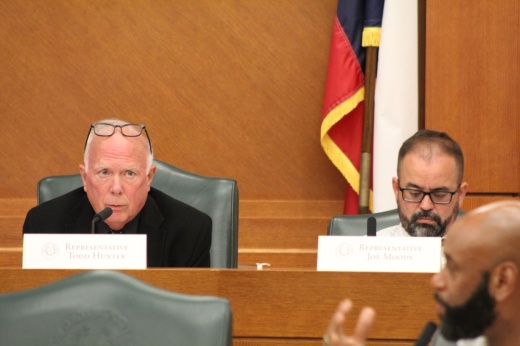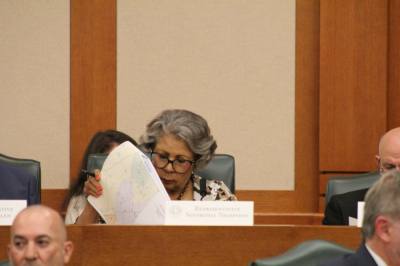A Texas House committee signed off on a plan to redraw the state's congressional districts during a brief meeting Aug. 18, hours after approximately two dozen Democrats returned to Austin and ended a two-week walkout in protest of the redistricting effort.
The proposed congressional map is largely similar to a plan considered during the previous special legislative session. Rep. Todd Hunter, a Corpus Christi Republican who filed the legislation, said he intended to improve "Republican political performance" by redrawing Texas' congressional lines, adding that the map was slightly altered to make several existing districts "more Republican."
Texas Republicans have said the map is designed to increase the GOP's narrow U.S. House majority by netting up to five additional seats, as requested by President Donald Trump.
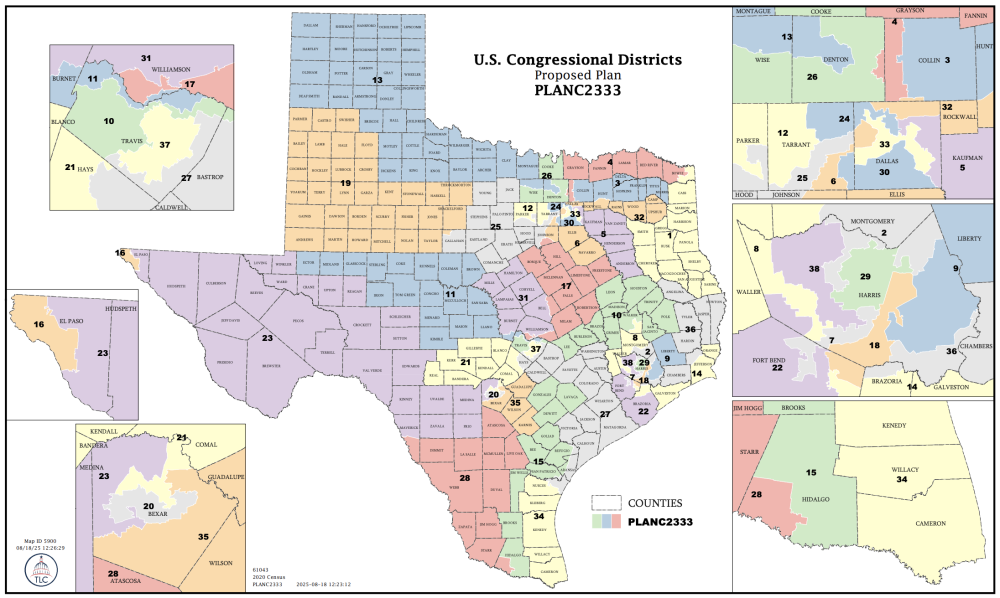
The House redistricting panel did not hear public testimony before voting 12-8, along party lines, to send the proposed map to the full chamber. The plan could be discussed on the House floor as soon as Aug. 20, when the chamber is set to reconvene.
Rep. Gene Wu, D-Houston, said he was concerned about a "general lack of transparency" in the redistricting process.
"These maps have been altered. The public has not had time to view them, much less have testimony on them," Wu said during the Aug. 18 committee meeting. "There's been no public input on these new maps at all. ... It should be incumbent upon this body to be transparent to the voters and to the people to which we govern."
Hunter did not directly respond to Wu's remarks, although he told the committee that there is "nothing that prevents this congressional redistricting, and we could do it again."
All states are constitutionally required to redistrict every 10 years, after a census, although mid-decade redistricting is not unprecedented. In 2003, Texas lawmakers also redrew the state's congressional map, leading Democrats to travel to Oklahoma in protest.
Hunter said he did not know who drafted the proposed map, maintaining earlier remarks that it was provided by Butler Snow law firm, which has branches in Austin, Dallas and other states. Senate redistricting chair Sen. Phil King, R-Weatherford, said Aug. 7 that the map was created by the National Republican Redistricting Trust, which was also involved in drawing Texas’ current congressional lines.
Also of note
Rep. Nicole Collier, D-Fort Worth, said she expects to remain on the House floor through 10 a.m. Aug. 20, when the chamber is scheduled to reconvene. House Democrats who left the state and returned Aug. 18 were assigned state troopers who would accompany them “around the clock” until the House reconvenes at 10 a.m. Aug. 20, Speaker Dustin Burrows’ office said.
Collier declined to sign an agreement allowing her to leave the Capitol building under the supervision of the Texas Department of Public Safety.
"My constituents sent me to Austin to protect their voices and rights," Collier said in an Aug. 18 statement. "I refuse to sign away my dignity as a duly elected representative just so Republicans can control my movements and monitor me with police escorts."
Originally published 5:20 p.m. Aug. 18
Approximately two dozen Texas House Democrats returned to Austin on Aug. 18, ending a two-week walkout over a plan to redraw the state’s congressional districts.
After calling the House to order with the two-thirds quorum needed to conduct official business, House Speaker Dustin Burrows, R-Lubbock, said lawmakers would “move quickly” on dozens of bills, which include the redistricting legislation, flood and disaster response proposals, THC regulations and a plan to overhaul the state’s standardized testing system. Those bills were approved by state senators during the first special legislative session, but were not sent to the governor’s desk due to the House quorum break.
The overview
House Democrats’ walkout delayed the passage of the proposed congressional map, which Republicans have said is designed to flip up to five Democratic-held U.S. House seats during the 2026 midterm elections. Legislative leaders cut the first special session short on Aug. 15, and quickly launched a second one, which will last up to 30 days.
Democrats have decried the redistricting plan as “intentionally racially discriminatory,” arguing that it would “dilute” minorities’ voting power by splitting up certain communities. Texas Republicans have said the map is aimed at allowing Texans to “elect more Republicans to the U.S. Congress,” asserting that race was not considered when the new lines were drawn.
Although Republicans hold majorities in the House and Senate, Democrats declared their protest a success, noting that they raised awareness about the redistricting plan and “inspired” Democratic-led states to consider retaliatory redistricting efforts.
“We’re returning to Texas more dangerous to Republicans’ plans than when we left,” House Democratic Caucus Chair Rep. Gene Wu, D-Houston, said in an Aug. 18 statement. “Our return allows us to build the legal record necessary to defeat this racist map in court, take our message to communities across the state and country and inspire legislators across the country how to fight these undemocratic redistricting schemes in their own statehouses.”
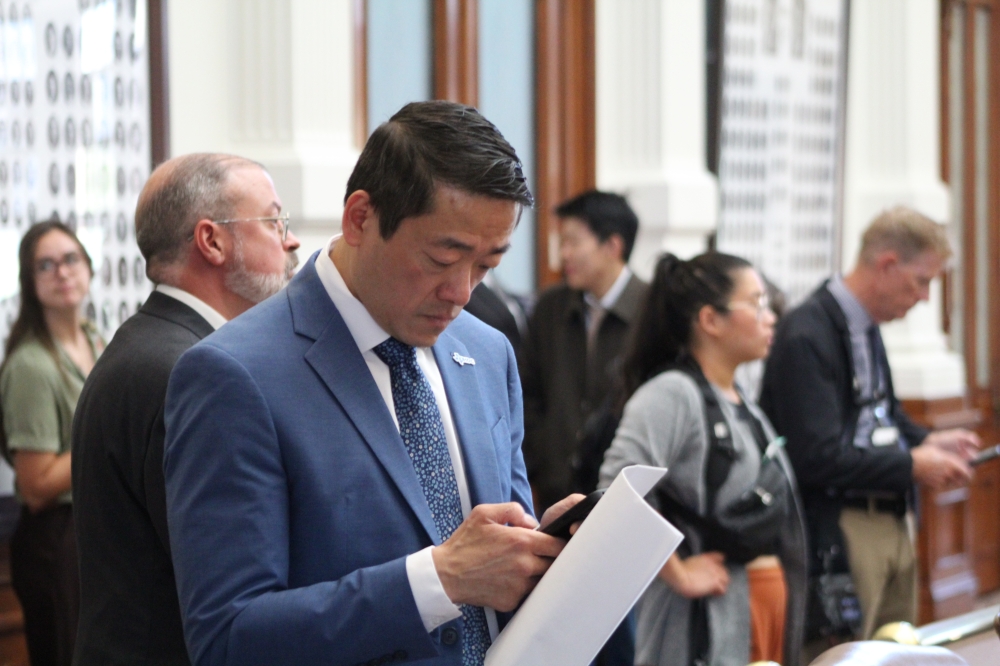
What’s happening
Burrows said it was time for lawmakers to “get to work” after Texas Democrats returned Aug. 18.
“This is a chamber where the majority has the right to prevail and the minority has the right to be heard,” he said from the House dais. “We are done waiting; we have a quorum—now is the time for action. We'll move quickly, and the schedule will be demanding until our work is complete.”
Burrows previously told House members he hoped to complete the 19-item special session agenda by the end of August.
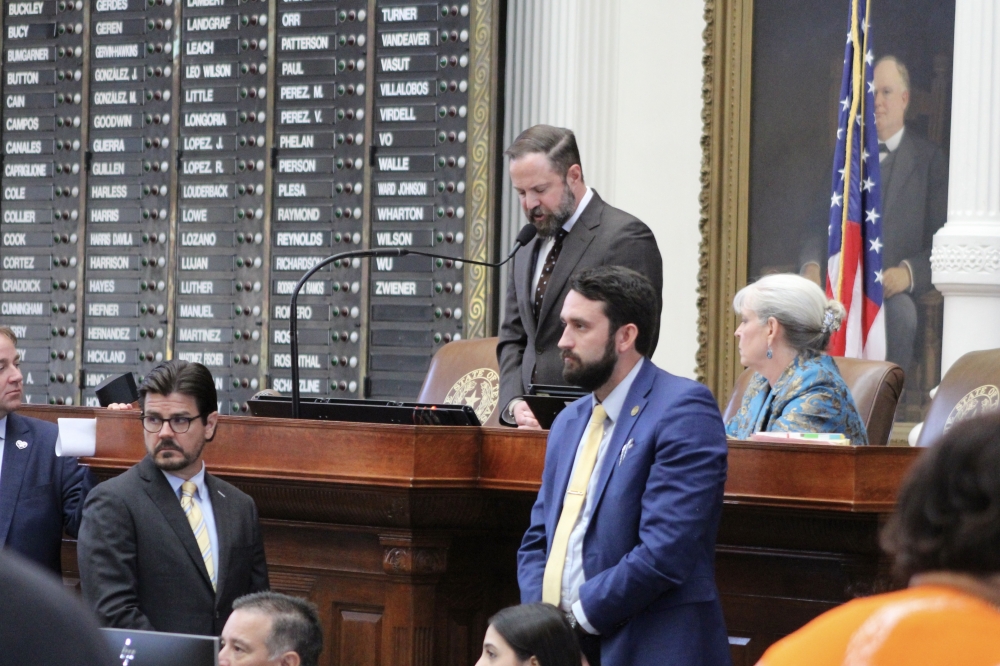
House Democrats who broke quorum and returned Aug. 18 would be accompanied by state troopers “around the clock” until the House reconvenes at 10 a.m. Aug. 20, Burrows’ office said. Democratic lawmakers signed permission slips allowing them to leave the chamber until that time, and each was assigned a Texas Department of Public Safety officer.
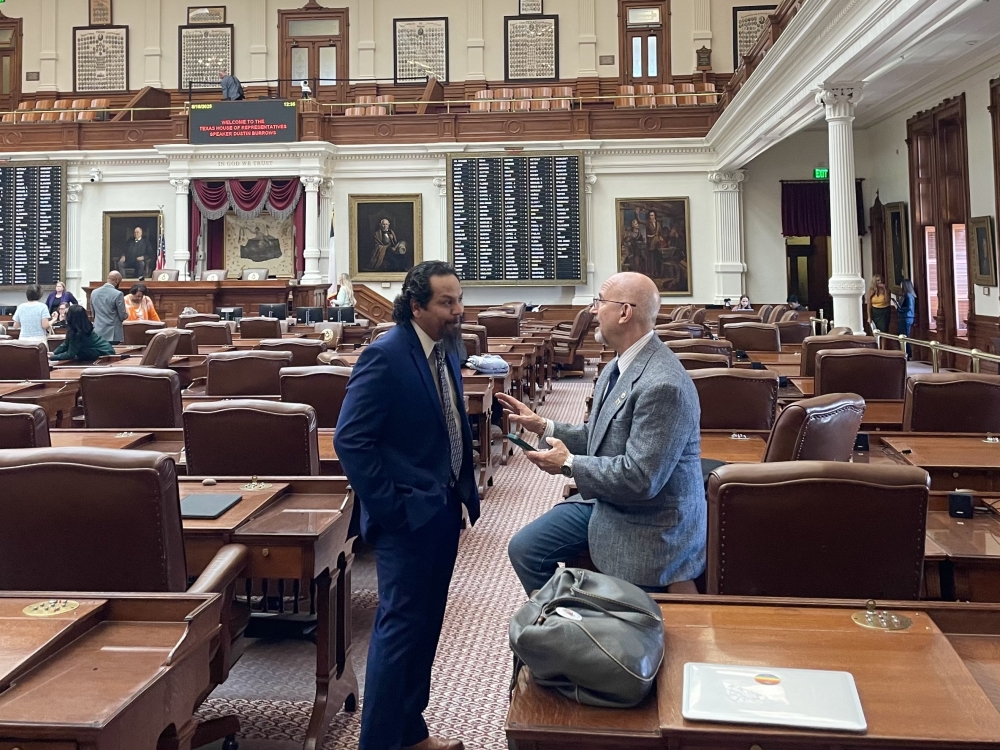
“We're here to do the right thing, and we're going to make sure that America continues to see the fact that I have a police escort, a DPS escort,” Romero told reporters after the House adjourned Aug. 18.
At least 100 House lawmakers must be present for the 150-member chamber to vote on bills—120 members were in the chamber Aug. 18.
Democrats said they intended to build a “legal record” against the proposed congressional map during legislative hearings and on the House floor. Wu said he was confident that Texas courts would deem the map unconstitutional.
“We have high confidence that the court will actually find these maps to be illegal—the question is more about the timing of it and whether or not there's enough time left,” he told reporters. “There's a reason Republicans did this in the special session and not the regular session, because that would have provided [the courts] more time.”
To appear on the March primary ballot, Texas candidates must file by Dec. 8, according to the secretary of state’s office—meaning an updated congressional map would need to be adopted before then.
The background
While Democrats were out-of-state, Gov. Greg Abbott and Attorney General Ken Paxton asked the state Supreme Court to vacate the seats of 13 House Democrats, whom they said had abandoned their constituents by leaving the state.
Democrats asserted that they were abiding by the Texas Constitution, which both allows lawmakers to break quorum and gives House leadership “the authority to physically compel the attendance of absent members,” according to a 2021 legal opinion by Chief Supreme Court Justice Jimmy Blacklock.
The Texas Supreme Court gave Abbott, Paxton and the Democratic defendants until Sept. 4 to file briefings in the removal cases. As of press time, it was unclear whether House Democrats’ return would impact Abbott and Paxton’s lawsuits.
Burrows said Aug. 15 that quorum-breaking Democrats would be responsible for paying “every dollar of expense” the state accrued as a result of the quorum break. Under House rules, members who intentionally break quorum are subject to daily $500 fines and required to cover the costs of “securing [their] attendance.”
House leadership issued civil arrest warrants for absent members Aug. 4 and 15. Burrows said those would “remain in force” for Democrats who did not return Aug. 18.
This story is developing and will be updated.




